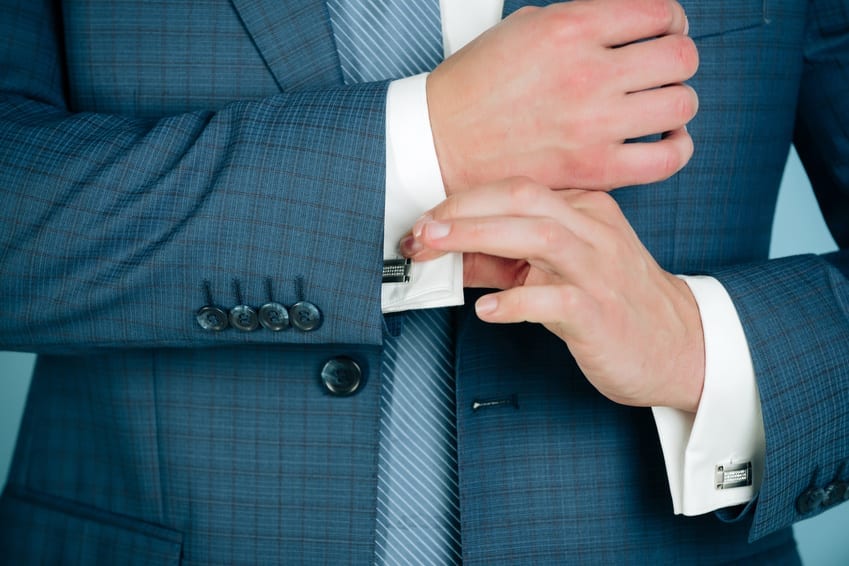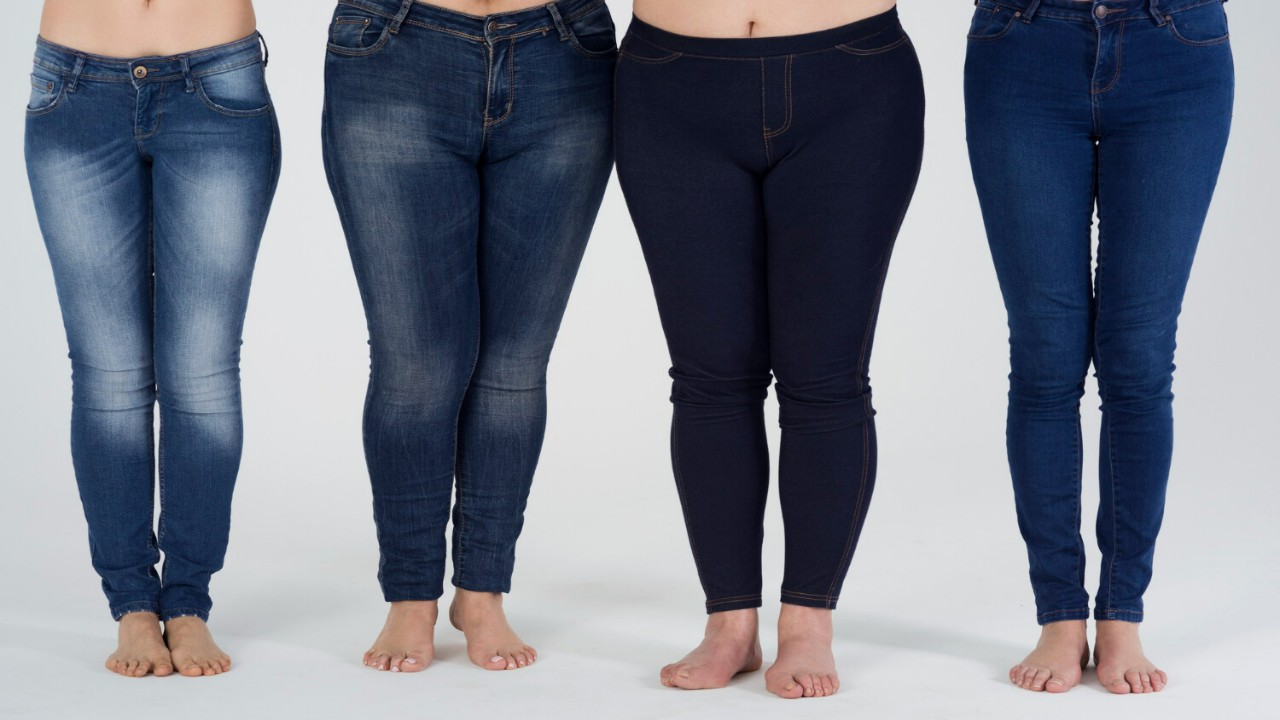Bespoke suits are a one-of-a-kind creation that’s hand-made from scratch to suit your unique style and needs. Bespoke suits are expensive and time-consuming, but they’re a worthwhile investment for those who want a high-quality, custom suit that will last a lifetime.
Bespoke suits differ from made-to-measure and OTR suits in one key way: bespoke suits have patterns made exclusively for each customer. This allows the expert tailor to adapt to a client’s unique idiosyncrasies and shape.
Fabric
The fabric used to make a suit plays an important role in the design and style of the garment. Different fabrics have different characteristics, including durability, texture, and ease of care. In addition, the fabric should be breathable so that it can help to keep you cool in hot weather and warm in cold weather.
Some of the most common types of fabric used for suiting include cotton, wool, and linen. Each of these materials has its own qualities, and choosing the right one will be critical to achieving a suit that suits your unique personality.
For instance, cotton is a lightweight, comfortable, and versatile material that can be used for both casual and formal wear. It has a more relaxed feel than wool but is still durable and strong.
Another type of fabric that is ideal for suiting is a twill weave. This weave is created by placing weft fibers over and under two or more warp fibers in an alternating pattern. Depending on the number of alternating fibers, it can create different textures and patterns.
Finally, cotton twill is also an excellent choice for suiting. It is a highly breathable, durable fabric that is soft and comfortable.
The yarns used to make this fabric have been mercerized by caustic soda to increase their volume and absorb color better. They also have a higher affinity for dyes, which results in a more lustrous and smoother fabric than regular cotton.
While there are many different kinds of fabric to choose from, it’s a good idea to ask your bespoke tailor for advice on which fabric is best for you. They will be able to help you select the type of fabric that will best serve your needs and goals for the suit and provide you with recommendations on alterations that may be needed to achieve a more perfect fit.
After selecting the fabric, a bespoke tailor will measure you to ensure it is made to your specifications and fits you perfectly. This is one of the major differences between a ready-to-wear suit and a bespoke suit, and it’s a reason why bespoke tailors are often sought out by clients with specific body proportions or idiosyncrasies that can’t be accommodated in a standard OTR or MTM suit.
Pattern
The pattern used to make a suit is an important factor to consider when shopping for a bespoke suit. It is a design element that allows tailors to create a perfectly fitted, one-of-a-kind suit with all the details selected by the client.
Bespoke suits are made to fit the wearer’s body and can only be made after extensive measurements and a detailed design consultation between the customer and the tailor. These measurements include chest, waist, and back circumferences and leg and arm lengths. A suit tailor will then use these measurements to create a pattern that they will then use to cut the fabric for the suit.
When it comes to making a bespoke suit, it is critical that you understand the different patterns available for men’s suits. The type of pattern you choose should appeal to you, as it will help set your bespoke suit’s style.
The most common suit pattern is pinstripe fabric, a narrow stripe of cloth. It is a classic that has been around for centuries and can be paired with any color to suit your personal taste. It is a good choice for business suits and shirts since it offers elegance and good breeding.
Another traditional suit pattern is houndstooth fabric, which features jagged checks woven into wool cloth. It is often made in black and white but can also be found in other colors. It is a more subtle and subtlety pattern, making it appropriate for both casual sports jackets and business suits.
Crosshatch is another less common pattern popular in grey and charcoal suits. It offers the effect of light brush strokes when viewed closely. This pattern is usually less expensive than other options, and it adds a subtle sophistication to a solid block look.
If you’re unsure what kind of pattern you want for your bespoke suit, ask the tailors to recommend some choices that will allow you to achieve the finished look you’re after without breaking the bank. They will be able to advise you on alternative fabrics and materials as well as other design options that will help achieve your custom suit’s desired style.
Fit
The fit of a suit is one of the most important things to consider when shopping for a bespoke suit. It should be snug and comfortable but also not restrict your movement. It should also be flattering, making you look good and feel confident.
The tailor will closely examine your posture, walking, sitting position, and anatomy to determine what will work best for you. He’ll then analyze your build and choose a fabric and pattern that will compliment your unique figure.
After taking your measurements, the tailor will draft a custom pattern that will be used to cut the cloth panels for your bespoke suit. This will then be stitched together, adding canvassing and liner.
This process can take weeks, depending on the size and complexity of the suit. The client will then return for multiple fittings, usually called a “basted fitting,” where they will try on the suit, and the tailor will make any necessary adjustments.
If you’re on a budget, shopping around for different tailors who offer bespoke services is a good idea. Some may be more affordable than others, while some may not offer a high level of quality.
It’s also important to note that bespoke suits are typically more expensive than made-to-measure or off-the-rack (OTR) garments. This is because bespoke suits require more work and time to complete, so they’ll usually cost more than a ready-to-wear suit or a made-to-measure suit.
Nevertheless, the price tag is often justified by the fact that a bespoke suit will always look and fit better than an off-the-rack or MTM garment. Some men have bodily idiosyncrasies that cannot be accommodated by OTR and MTM garments, so bespoke is the only way to get the best fit.
Aside from that, the bespoke process involves an incredible amount of skill and attention to detail. The process starts with a consultation between you and your tailor, where you discuss your preferences and style requirements. The tailor will then use these details to create a paper pattern that will be used to cut the cloth for your suit.
Finish
Creating a suit requires some degree of skill and precision, and while machines make some high-end suits, the majority of bespoke creations are crafted by hand. It’s a craft that can be traced back to when tailors used their eyesight to cut the cloth, and they still use those techniques today.
A bespoke suit is undoubtedly more expensive than a mass-produced one, but it also comes with a host of benefits. For starters, you’ll get the opportunity to show off your sense of style — and the best part is that it’s completely unique to you!
The process of making a bespoke suit is a multi-step affair that starts with the first consultation with your cutter. During this meeting, they’ll take note of your body measurements and posture. Once armed with this information, they’ll begin the process of creating a paper pattern that will be used to construct the fabric for your suit.
After drafting the paper pattern, they’ll purchase some cloth, lay it out, and strike it with chalk to create what is known as a basted fitting. This is a great way to see how the garment will look in real life, and if it doesn’t quite fit as intended, the tailor can go back to square one.
Finally, the real magic is in the finishing of your bespoke garment. A skilled bespoke tailor will have to do more than sew the pieces of your suit together — they’ll have to assemble them into something you can wear, and with that comes a lot of patience.
The most important factor in choosing a bespoke suit is knowing your preferences and what you’re looking for. For example, you may be a sucker for a good pair of trousers or want to find the perfect jacket. A well-trained bespoke maker can advise you on the right combinations of fabrics and patterns to match your style and preferences. If you are unsure about what you’re looking for, be sure to ask questions and talk to other customers.

